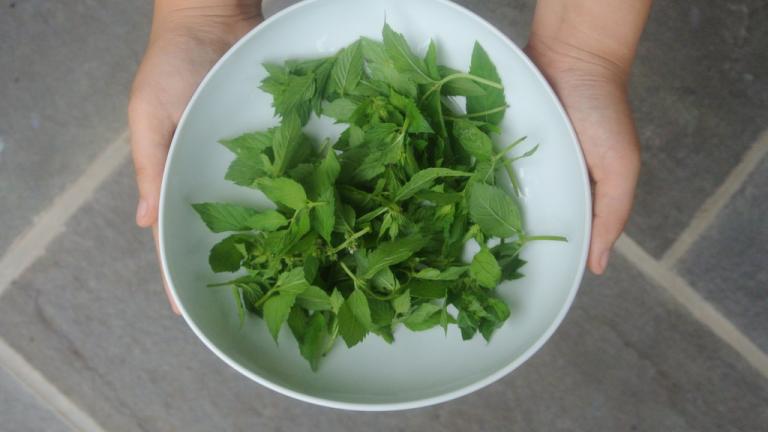This story was originally published by the Guardian and is reproduced here as part of the Climate Desk collaboration. The article was reported by the Guardian’s Suzanne Goldenberg, and the video was produced by Climate Desk’s James West.
The golden state’s historic drought is forcing once-squeamish Californians to take a new look at “toilet-to-tap” water reuse. Or as they prefer to call it in Fountain Valley, “showers to flowers.”The town in conservative Orange County is home to the largest water recycling plant in the world and an example during this epic drought of the life-altering changes California will have to make to avoid running out of water. The first would be to get over the idea that water is an infinite resource, or that it pours out of the tap straight from a pristine, underground spring.
This is the third year of drought in the west. By July end, more than half of California fell into the worst category of “exceptional drought.”
The state has made it illegal to hose down a sidewalk or operate a fountain, punishable by a $500 fine.
But those measures are largely symbolic, and the state is going to have to do much more to guarantee California a long-term supply of water.
“Our sources of supply are literally drying up,” said Michael Markus, general manager of the Orange County water district, on a tour of the water plant.
The state’s main sources of water, snow melt from the Sierra Nevada, imported water from the Colorado river, and groundwater, are all in decline.
So why not reuse water? Orange County has been doing it for six years, using highly purified waste water to replenish groundwater reserves.
“We consider waste water not a waste but a resource,” Markus said.
“If we didn’t have this water we wouldn’t be able to pump as much out of the basin,” he went on. “The basin would go into a state of overdraft.”
The water reuse plant currently produces 70 million gallons a day, turning residential waste water — from dishwashers, showers, washing machines, and toilets — into potable water.
In February 2015, that will rise to 100 million gallons a day, as a $140 million expansion comes on-line. That will be enough to supply 850,000 people, or about one-third of the 2.4 million residents of Orange County.
Markus said the cost was significantly lower than importing water from northern California, and about half the cost of desalinating sea water — and the supply was guaranteed.
The water goes through three stages of purification — filtration through a series of tiny straws to remove bacteria, reverse osmosis to remove dissolved chemicals, and exposure to UV light with hydrogen peroxide. By the time it leaves the plant, it is distilled water.
About half of the water is pumped into injection wells to serve as a barrier against sea water intrusion. The rest is pumped 13 miles to underground basins in Anaheim, where it filters through layers of sand and gravel, gradually becoming part of Orange County’s water supply.
But it could still take some time before Californians get over their aversion to the idea of water reuse, or the notion that they can’t afford to go on dumping waste water.
The state currently dumps some 1.3 billion gallons of water a day into the ocean off the coast of southern California.
One of the first attempts to move to water recycling, in San Diego in the 1990s, collapsed because of what water managers call the yuck factor.
Those attitudes are changing, because of the threats to existing supply. California’s department of water resources reported last April that groundwater reserves had dropped 50 feet below historical lows across much of the state.
California law still does not allow the direct reuse of the water leaving the Orange County plant — even though it is purified to a higher standard than groundwater supplies. But the state regulator was looking to draft new rules to allow direct reuse of water by 2016.
“I think it is inevitable that Californians are going to have to get beyond this notion of just ‘toilet-to-tap,’” said David Feldman, who teaches water management at the University of California at Irvine.
“I think this plant is very important to protecting the strategic reserves of water. If we did not have this groundwater basin we would have to import virtually all of our water.”
He said he expected to see growing water reuse in California and across the west — although not necessarily for potable water.
Other water agencies in California are now actively looking at how to make best use of treated waste water, storm water and agricultural run-off, according to a research project from Stanford University.
Los Angeles and San Diego are actively pursuing their own water reuse facilities. Riverside on the Santa Ana river also operates a water recycling plant that produces water for irrigation. Some 78 water projects have been funded so far, all aimed at putting water back into underground aquifers, the Water in the West researchers found.
Those projects were on the drawing board before the drought — but they could help California get through the next one.
 This story was produced by The Guardian as part of the Climate Desk collaboration.
This story was produced by The Guardian as part of the Climate Desk collaboration.




